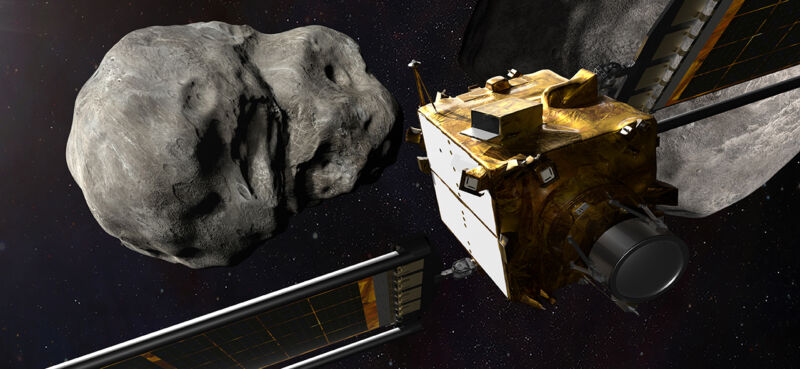-
 chevron_right
chevron_right
Set a calendar alert: NASA to broadcast first asteroid redirect on Monday
news.movim.eu / ArsTechnica · Tuesday, 20 September, 2022 - 20:28 · 1 minute

Enlarge / An artist's conception of DART's electronics in the last moments before they suffer catastrophic failure. (credit: NASA )
This coming Monday, NASA will broadcast its first attempt to modify the orbit of an asteroid, a capability that will be essential if we detect an asteroid that poses a threat of colliding with Earth. The planetary defense effort is focused on a craft called DART, for Double Asteroid Redirection Test, which will target a small asteroid called Dimorphos that orbits the larger 65803 Didymos, forming a binary system. If all goes according to plan, DART will direct itself to a head-on collision that slows Dimorphos, altering its orbit around Didymos. NASA has repeatedly emphasized that there's no way for either asteroid or any material released by the collision to pose a threat to Earth.
Ars will be at the mission control center in the Johns Hopkins Applied Physics Laboratory (APL) for the planned collision, which will also be broadcast live on NASA's YouTube channels. While we'll know immediately whether the collision occurred as planned, it may take several months before we're certain that Dimorphos' orbit was successfully modified.
To get you ready for Monday's festivities, we've put together a background on the DART mission and the planned follow-up observations.


